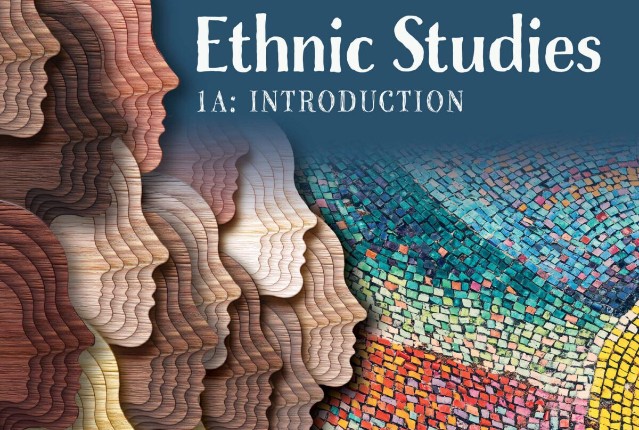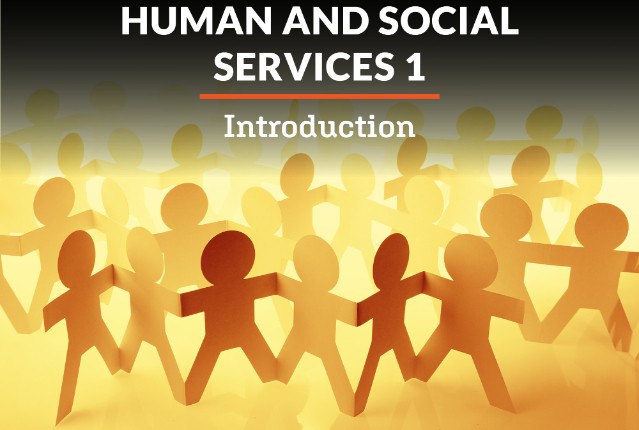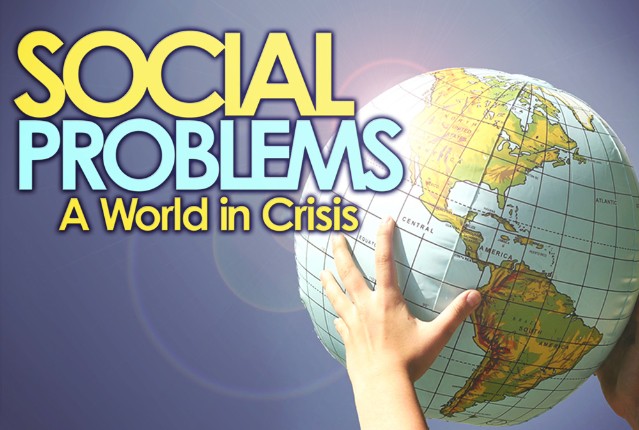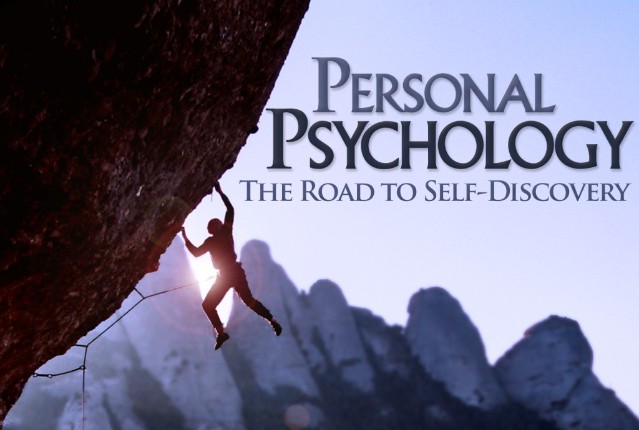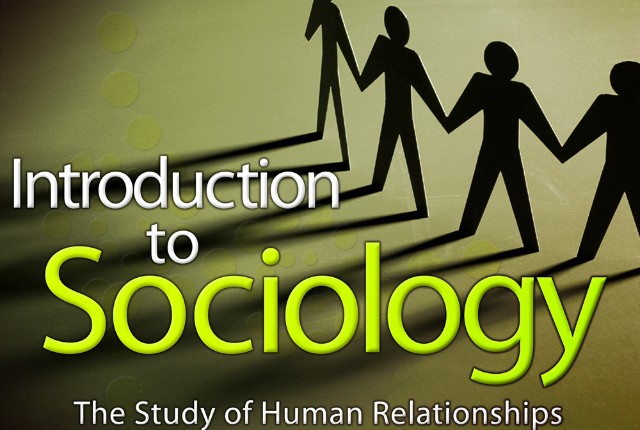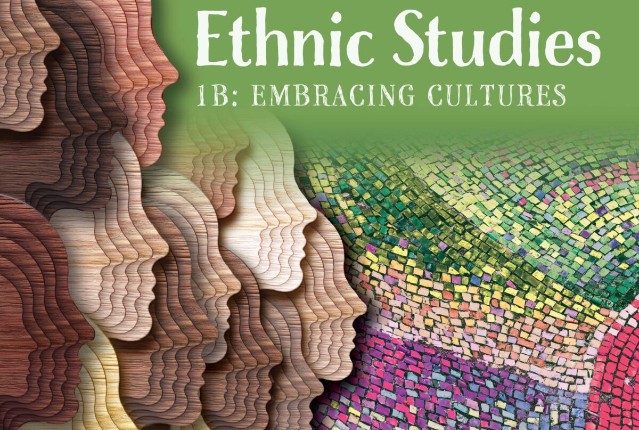Back in elementary school, a common assignment at the start of a new school year was the “All About Me” activity. Answering the question “Who am I?” probably felt pretty simple back then. After all, you were an expert on yourself, and your world was the only one you knew. But now you are older, and you’ve figured out that the world is not just your own personal universe. There are all kinds of different people who live in it, many of whom are very different from you! This doesn’t mean “Who am I?” is some tired old question, though—quite the opposite. It’s time to level up your answer so you can represent who you are in this moment. Once you understand and can speak about your own identity better, getting to know and understand people very different from you will flow naturally. Now that you’re grown, there’s an even more important question to consider, one that you need to be asking the other folks who live in this world: “Who are YOU?” It’s all about connections these days! So let’s help you get as connected as possible through the process of understanding yourself, and others, and how to talk about it all in as open and respectful a way as possible.
What will you learn in this unit?
- Construct a working timeline of the field of Ethnic Studies overall, incorporating accurate use of terms specific to the discipline
- Define the term “ethnography,” including how the process of gathering and sharing information about a community affects its members and is affected by the unique identities of individual researchers
- Describe components that comprise a person’s identity and use those terms to explain your own identity–in the past and now
- Differentiate between personal and social identities, applying the concept of “intersectionality” to each
- Distinguish between examples of dominant culture and self-determination
